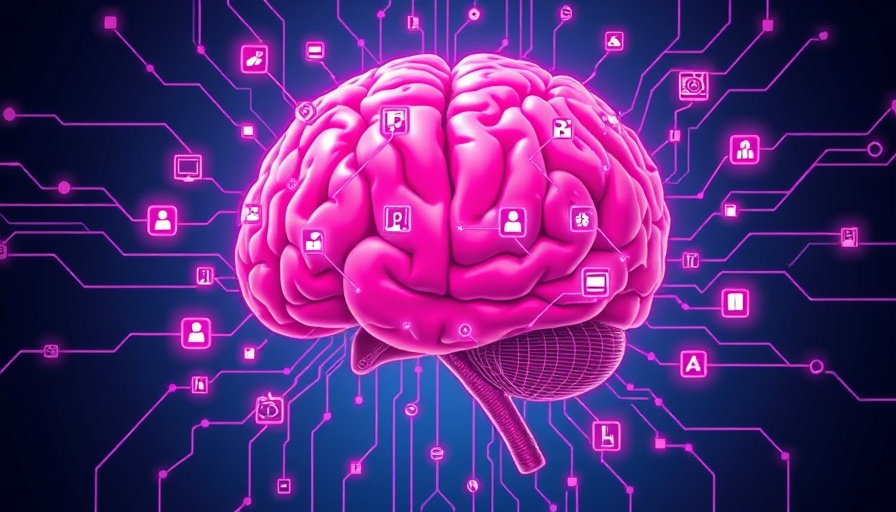
Exploring the Future of Brain-Computer Interfaces
The concept of brain-computer interfaces (BCIs) has long fascinated scientists and technology enthusiasts alike. These extraordinary devices enable individuals with paralysis to harness their brain power, allowing them to control computers through mere thought. Currently, around 25 clinical trials are underway to push the boundaries of what BCIs can achieve. This progress has earned them a spot on MIT Technology Review's list of 10 Breakthrough Technologies this year, highlighting their transformative potential in the field of assistive technology.
AI in Therapy: A New Frontier
In parallel, the integration of artificial intelligence into mental health care is making waves. Recent studies have demonstrated the effectiveness of an AI therapy bot for individuals struggling with depression and anxiety. The first clinical trial results reveal that patients benefitted from interacting with the AI-driven model, raising questions about the scalability and accessibility of mental health services.
The Importance of Training Data in AI
What stands out in these findings is the role of training data. The efficacy of AI in therapeutic settings hinges on the quality and nature of the data it was trained on. This underlines a significant point: as technology advances, so does the importance of ethical considerations in AI training and deployment.
Challenges and Opportunities in Tech
As we delve deeper into these technologies, it’s crucial to recognize the balancing act between innovation and oversight. While BCIs and AI offer hope, they also pose unique challenges, from ethical issues concerning data privacy to the need for regulations to safeguard users. Understanding these dynamics is vital for stakeholders in both healthcare and technology.
Conclusion: Embracing a Tech-Enabled Future
The advancements in brain-computer interfaces and AI therapy represent a significant leap forward. By fostering innovation while being mindful of ethical implications, we can pave the way for tech solutions that enhance the quality of life for many. Staying abreast of these developments is not just beneficial, but essential as we navigate the evolving landscape of technology.
 Add Row
Add Row  Add
Add 




 Add Row
Add Row  Add
Add 

Write A Comment